There has been much commentary in recent months around Bord Bia’s Quality Assurance (QA) scheme, particularly in relation to its logos used on beef.
Bord Bia answered a series of questions from the Irish Farmers Journal about when the logo can be used, EU labels, factory QA audits, Polish beef and processing.
Q. What do the logos mean?
The QA logo with “origin Ireland” on it is used on meat from animals born and reared on QA farms in the Republic of Ireland (ROI) and slaughtered at QA plants in the Republic of Ireland only.
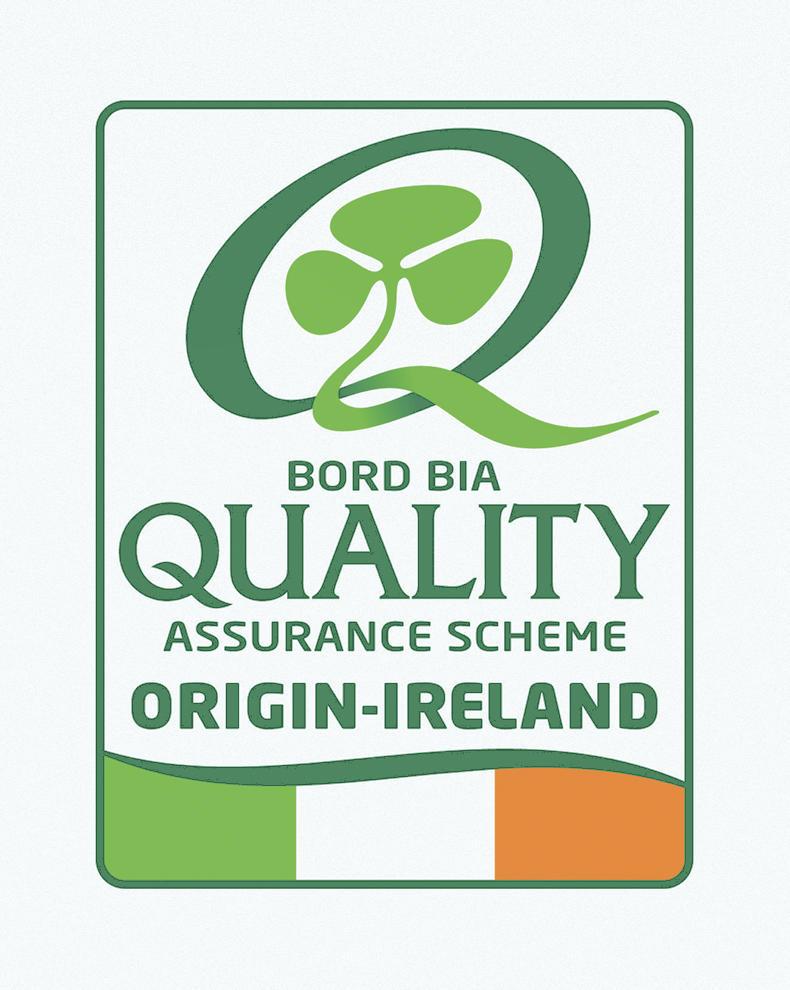
It can also be used on QA Irish meat which is processed in approved plants outside of Ireland.
This logo is also used for poultry and pigmeat which has been hatched/bred and reared on QA farms in the ROI and slaughtered at a QA plant in ROI.
The QA logo with “produced and processed Ireland & Northern Ireland” is used for animals born and reared on QA farms in the ROI and slaughtered at QA plants in Northern Ireland.
This logo can be used for poultry and pigmeat where some production and rearing take place in both NI and ROI.

Q. How many and where are the processing plants approved for cutting and processing under the QA scheme outside of ROI?
Bord Bia has said there are 20 certified meat plants outside of Ireland. Fourteen of those are certified to the Meat Processor QA scheme in Northern Ireland.
There are six plants outside of Ireland which are approved to process Irish beef: two in France, one in the UK, one in Spain and one in Sweden.
These plants are known as associate members and are part of the Bord Bia Associate Member Scheme.
Table 1 shows the names of the plants and what they are allowed to do. The majority of these plants are allowed to either cut meat or further process it.
EU logos
Bord Bia said that it is an EU requirement that the scheme be open to other EU member states, therefore there are logos ready for use in other EU member states which, for example, carry the French flag, the QA mark and Bord Bia mark.
In order for a country to use the logo, their farm would have to be quality assured by Bord Bia.
Outside of Ireland, there are no countries using this mark.

Q. How many audits do factories get each year?
There is one pre-agreed audit and at least one more unannounced inspection for every primary and further processing plant in the QA scheme.
There are a few key areas the audit focuses on. Traceability, segregation and reconciliation are central. This means checking the entire line, from factory gate in to factory gate out, to ensure that QA meat and non-QA meat is properly segregated, identified and labelled. QA and non-QA meat must be slaughtered separately, boned and processed separately and cannot be stored in the same chiller.
The reconciliation involves a full check of the amount of meat coming into the plant that is QA, non-QA Irish meat, and imported meat, which cannot be quality assured. The factory records are forensically examined to ensure that the volumes of meat going out of the plant for each category match the volumes going in for those categories.
A particular product is chosen in the audit, and it is traced right through its entire journey through the plant. The audit is carried out using handheld equipment so information is logged live and digitally, giving a tamper-proof process.
The audit report is considered by a certification committee, which includes the auditor, a reviewer, and the chair of Bord Bia. A critical non-compliance can result in loss of QA accreditation until the fault is fully addressed, and can involve a product recall if deemed necessary.
Q. Were any plants fined in the last five years for breaching QA rules?
Bord Bia has fined 12 members including MPQAS members and horticulture producers over the last five years.
The Irish Farmers Journal asked which plants and producers had been fined. However, Bord Bia said it could not reveal that information as it would be “breaching confidentiality by sharing commercially sensitive information”.
For plants which record a critical non-compliance during an audit, the plant will be suspended from the QA scheme and can face a fine of up to €10,000 plus VAT per product line or 5% of total net sales for all relevant products plus VAT for the final full month of sales before membership was suspended.
In all cases, a minimum fine of €1,000 will apply.
Imported beef
In 2018, 40,00t of beef was imported. Some 90% of this beef came in the form of cow beef from the UK. In the region of 500t of this beef was Polish. Ireland exported c540,000t of beef in 2018.
20% of the processing costs
A comment made by a number of farmers at meetings and protests during the year was that if 20% of the cost of processing any food product happens in Ireland, then it can be called Irish.
In terms of this comment applying to imported beef, EU law shows that this is not the case as consumers must be provided with the following information on beef labels:
EU regulations show that this is not the case as consumers must be provided with the following information on beef labels:
A reference number or reference code permitting the identification of the animal or group of animals from which the beef was derived.The approval number and country of the slaughterhouse – the indication should read: “Slaughtered in (name of the member state or third country) (approval number)”.The approval number and country of the de-boning hall - the indication should read: “Cutting in; (name of the member state or third country) (approval number)”.The member state or third country where the animal was born, fattened and slaughtered (Origin).For QA meat, it is origin and QA membership which determines the use of the logo and not cost of processing.
There has been much commentary in recent months around Bord Bia’s Quality Assurance (QA) scheme, particularly in relation to its logos used on beef.
Bord Bia answered a series of questions from the Irish Farmers Journal about when the logo can be used, EU labels, factory QA audits, Polish beef and processing.
Q. What do the logos mean?
The QA logo with “origin Ireland” on it is used on meat from animals born and reared on QA farms in the Republic of Ireland (ROI) and slaughtered at QA plants in the Republic of Ireland only.

It can also be used on QA Irish meat which is processed in approved plants outside of Ireland.
This logo is also used for poultry and pigmeat which has been hatched/bred and reared on QA farms in the ROI and slaughtered at a QA plant in ROI.
The QA logo with “produced and processed Ireland & Northern Ireland” is used for animals born and reared on QA farms in the ROI and slaughtered at QA plants in Northern Ireland.
This logo can be used for poultry and pigmeat where some production and rearing take place in both NI and ROI.

Q. How many and where are the processing plants approved for cutting and processing under the QA scheme outside of ROI?
Bord Bia has said there are 20 certified meat plants outside of Ireland. Fourteen of those are certified to the Meat Processor QA scheme in Northern Ireland.
There are six plants outside of Ireland which are approved to process Irish beef: two in France, one in the UK, one in Spain and one in Sweden.
These plants are known as associate members and are part of the Bord Bia Associate Member Scheme.
Table 1 shows the names of the plants and what they are allowed to do. The majority of these plants are allowed to either cut meat or further process it.
EU logos
Bord Bia said that it is an EU requirement that the scheme be open to other EU member states, therefore there are logos ready for use in other EU member states which, for example, carry the French flag, the QA mark and Bord Bia mark.
In order for a country to use the logo, their farm would have to be quality assured by Bord Bia.
Outside of Ireland, there are no countries using this mark.

Q. How many audits do factories get each year?
There is one pre-agreed audit and at least one more unannounced inspection for every primary and further processing plant in the QA scheme.
There are a few key areas the audit focuses on. Traceability, segregation and reconciliation are central. This means checking the entire line, from factory gate in to factory gate out, to ensure that QA meat and non-QA meat is properly segregated, identified and labelled. QA and non-QA meat must be slaughtered separately, boned and processed separately and cannot be stored in the same chiller.
The reconciliation involves a full check of the amount of meat coming into the plant that is QA, non-QA Irish meat, and imported meat, which cannot be quality assured. The factory records are forensically examined to ensure that the volumes of meat going out of the plant for each category match the volumes going in for those categories.
A particular product is chosen in the audit, and it is traced right through its entire journey through the plant. The audit is carried out using handheld equipment so information is logged live and digitally, giving a tamper-proof process.
The audit report is considered by a certification committee, which includes the auditor, a reviewer, and the chair of Bord Bia. A critical non-compliance can result in loss of QA accreditation until the fault is fully addressed, and can involve a product recall if deemed necessary.
Q. Were any plants fined in the last five years for breaching QA rules?
Bord Bia has fined 12 members including MPQAS members and horticulture producers over the last five years.
The Irish Farmers Journal asked which plants and producers had been fined. However, Bord Bia said it could not reveal that information as it would be “breaching confidentiality by sharing commercially sensitive information”.
For plants which record a critical non-compliance during an audit, the plant will be suspended from the QA scheme and can face a fine of up to €10,000 plus VAT per product line or 5% of total net sales for all relevant products plus VAT for the final full month of sales before membership was suspended.
In all cases, a minimum fine of €1,000 will apply.
Imported beef
In 2018, 40,00t of beef was imported. Some 90% of this beef came in the form of cow beef from the UK. In the region of 500t of this beef was Polish. Ireland exported c540,000t of beef in 2018.
20% of the processing costs
A comment made by a number of farmers at meetings and protests during the year was that if 20% of the cost of processing any food product happens in Ireland, then it can be called Irish.
In terms of this comment applying to imported beef, EU law shows that this is not the case as consumers must be provided with the following information on beef labels:
EU regulations show that this is not the case as consumers must be provided with the following information on beef labels:
A reference number or reference code permitting the identification of the animal or group of animals from which the beef was derived.The approval number and country of the slaughterhouse – the indication should read: “Slaughtered in (name of the member state or third country) (approval number)”.The approval number and country of the de-boning hall - the indication should read: “Cutting in; (name of the member state or third country) (approval number)”.The member state or third country where the animal was born, fattened and slaughtered (Origin).For QA meat, it is origin and QA membership which determines the use of the logo and not cost of processing.








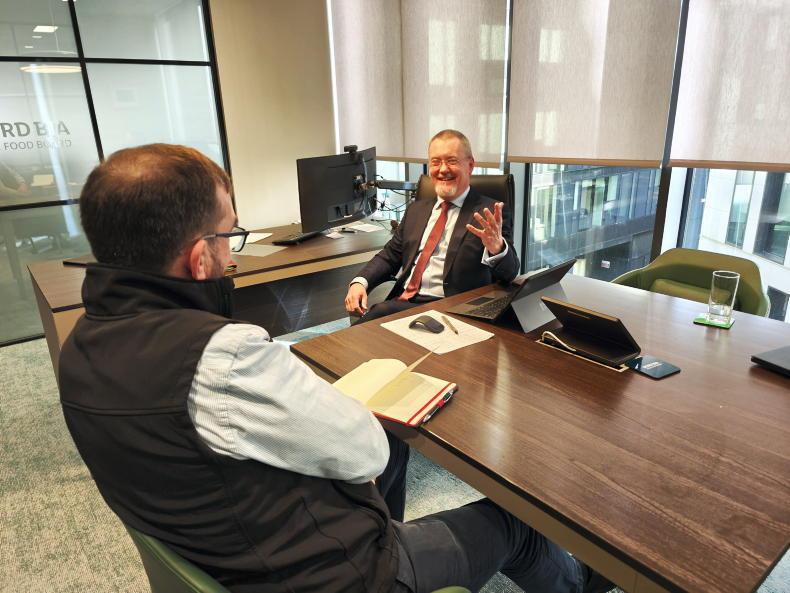

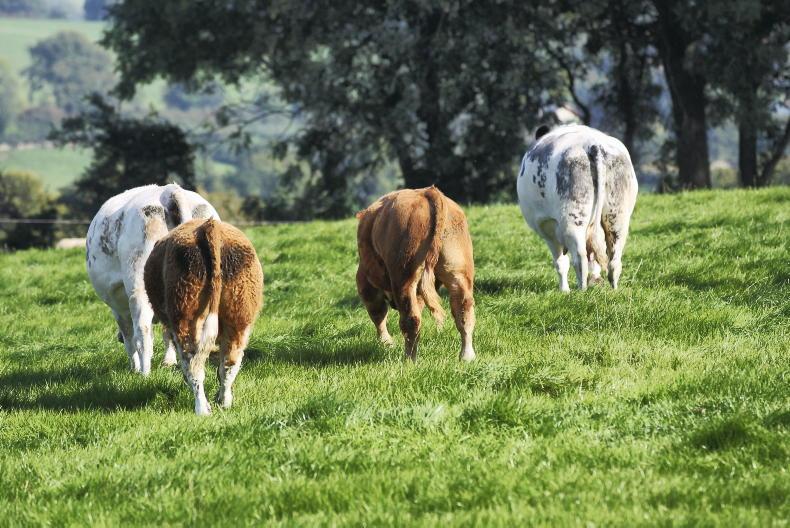
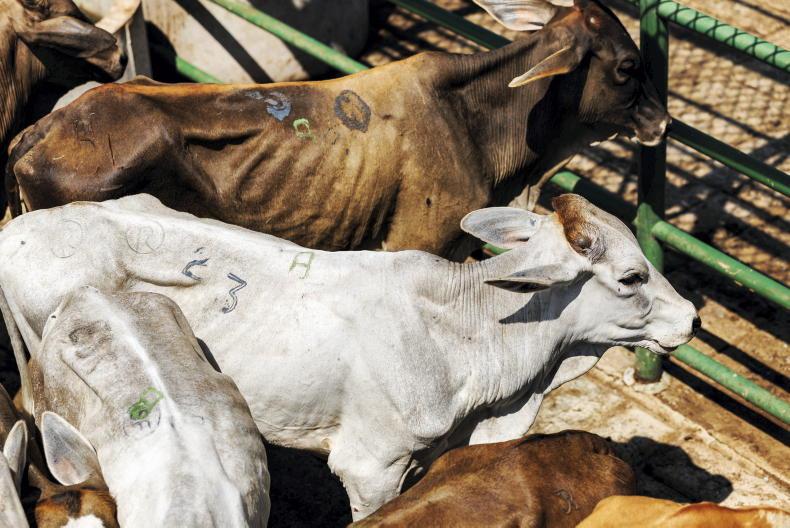
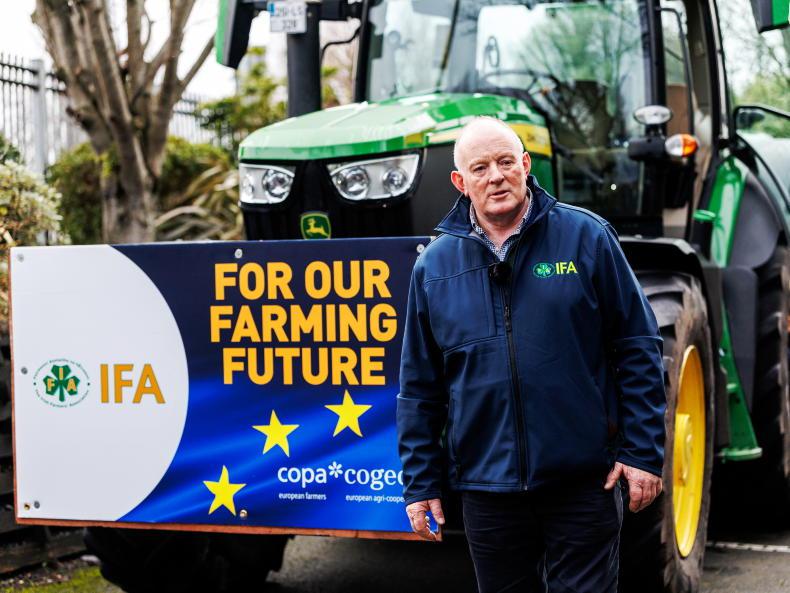
SHARING OPTIONS